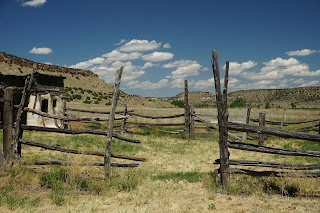June 18, 2016
From Plano, TX we drove into Dallas and the new George W. Bush Presidential Library and Museum. This is the most expensive of the twelve we have visited. Despite the cost, there is a line to get in. We spend a couple hours going through the exhibits. Unlike the other Presidential Libraries, there is very little on Bush’s personal life. Most of the exhibits are devoted to the major events during his presidency; and there were a bunch. Hurricane Katrina, the 9-11 Attack, and the Mortgage Meltdown would have been more than enough for any president. Still Aimee and I were both underwhelmed with the experience. Maybe because the history is so recent.
The one thing the library did do was crystallize my biggest disappointment with Bush. For me Bush didn’t practice true limited government conservatism. His theme was ‘compassionate conservatism'. Like in the liberal lexicon, “compassion” is code word for government involvement using public funds/taxpayer money for social and humanitarian causes that are best left to individuals. For him, and for Liberals, government is always the solution to problems, despite the many unintended consequences. Unfortunately today, too many Republicans have the same bias. They didn’t learn anything from Reagan.
The Bush Library sits on the campus of Southern Methodist University. Before leaving we took a short ride around and were astonished at how new and wealthy it looks, but I guess that accurately reflects Dallas.
We drove ninety minutes south to Waco, TX and the home of another Obama pronouncement, Waco Mammoth National Monument. In a creek bed here, 23 Columbian Mammoth skeletons have been unearthed. These giant elephant-like creatures roamed the area during the Ice Age before becoming extinct 10,000 years ago. A building now protects the dig site. We sign up for the mandatory 45-minute guided tour. It is only slightly interesting. We have been to a couple other more impressive Mammoth pits already. Only a couple skeletons are left in this dig site, and there is no museum attached to the park.
We are done early today, so we went into central Waco where Dr. Pepper was created in 1885. There is even a Dr Pepper Museum. We were going to tour it, but after reading a few of the outside placards, we decided we got the gist of the story. Drinking Dr. Pepper is kind of a Texas thing.




































